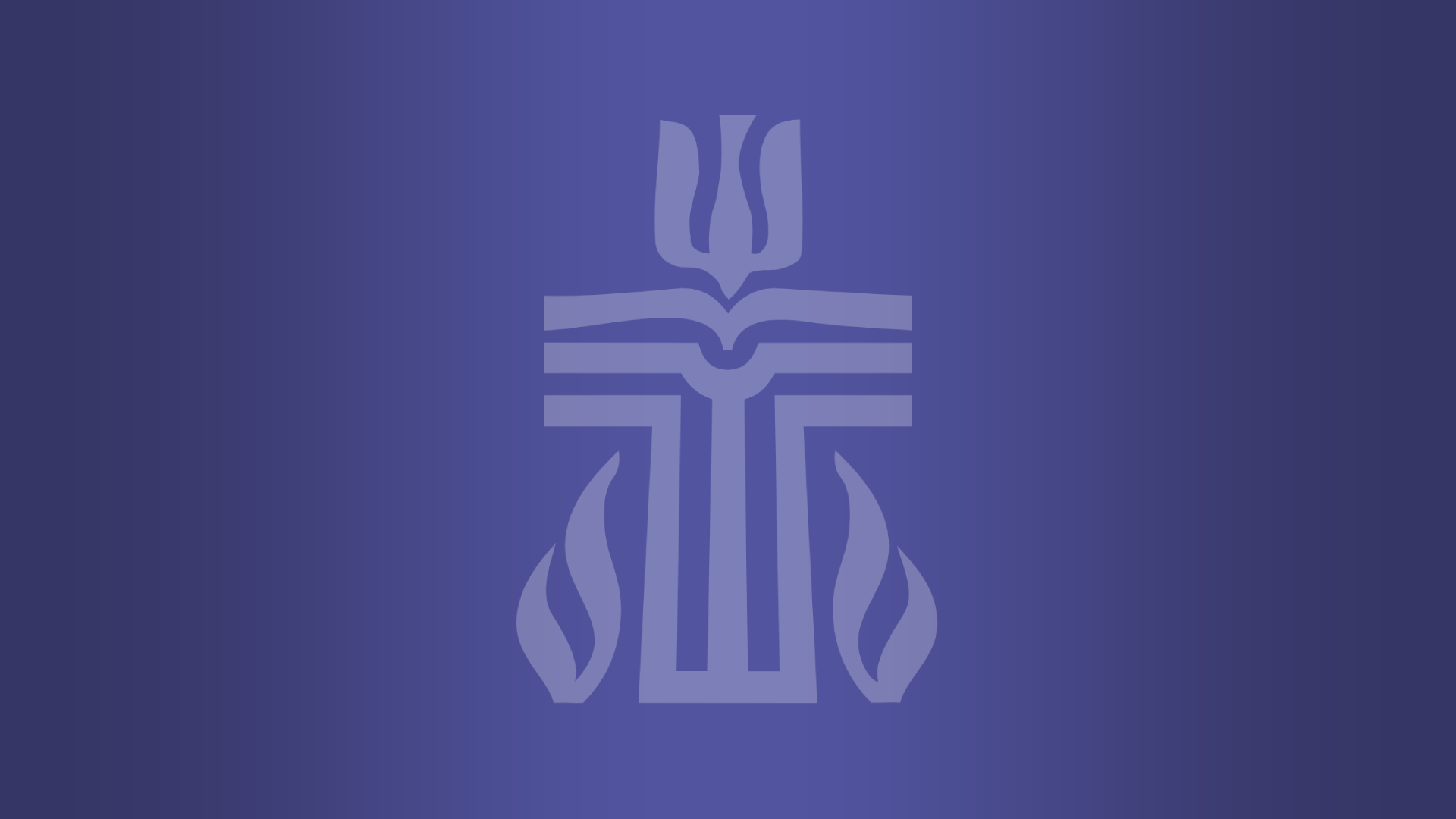Finding and providing sanctuary
PHS Live to look at 40-year history of immigrant rights movement

During the Sanctuary movement of the 1980s, American churches challenged the authority of the federal government by sheltering Central Americans fleeing civil war and paramilitary death squads.
On Aug. 18, the Rev. John Fife and Mary Ann Lundy will discuss the movement during PHS Live. Amanda Craft, manager of Immigration Advocacy in the Office of the General Assembly, will share how the Presbyterian Church (U.S.A.) is assisting immigrant communities today.
Click here at 4:55 p.m. Eastern Time on Aug. 18 to join the session. Register in advance here.
Fife and Lundy’s story goes back 40 years, to when Tucson’s Southside Presbyterian Church defied U.S. immigration authorities by declaring itself a sanctuary for people fleeing war in Central America. One declaration opponent immediately reported the church to the FBI.
Southside had no intention of hiding what it was doing. On Jan. 23, 1982, Fife, a pastor at the congregation, wrote to federal attorneys and Immigration and Naturalization Service (INS) officers informing them of the church’s plan to break the law and demanding an end to the deportation of refugees. On Jan. 24, in front of eight TV news crews, he read the church’s declaration.
Within a year, 1,600 Salvadorans would transit through Southside to safe houses around the country. Activists in Tucson and their network of supporters began to face surveillance, indictment and prosecution. Their movement in defense of the poor and the stranger against the United States’ unjust immigration enforcement, and against the U.S. war machine that provoked the migrants’ flight, would be called Sanctuary.
Sanctuary was a direct reaction to a crisis years in the making. In July 1980, 26 Salvadorans were stranded by their coyotes in the Sonoran Desert. Thirteen people died. St. Mark’s Presbyterian Church in Tucson and its pastor, the Rev. David Sholin, spearheaded support for the 13 survivors, raising $2,000 for their bond.
Compelled by this action, Sholin, Fife, Father Ricardo Elford and other organizers began holding Thursday night worship services outside the Tucson federal building, in protest of U.S. immigration policy and against U.S. support for death squads in El Salvador and Nicaragua. They soon built a national network of supporters and raised $750,000 for bail and legal fees for migrants.
Doing Sanctuary outside the bounds of immigration law began informally. In November 1981 in Berkeley, California, an Immigration agent chased an undocumented man into a church. The local backlash led the INS director to order that no arrests be made in churches, schools or hospitals. Soon St. John’s Presbyterian Church in Berkeley began sheltering a Central American family. In Tucson, the Quaker activist Jim Corbett sheltered 21 Salvadorans in an adobe shack. Corbett turned to Southside for help, and for a year there was relative quiet.
In December 1982, “60 Minutes” aired a piece on the Sanctuary movement that acquainted U.S. audiences with the root causes of migration from Central America. At the same time, INS started an undercover operation, infiltrating the movement in Tucson, Nogales and Phoenix. Agents attended meetings and wore wires to record Sanctuary worker and migrant conversations in homes, churches and on the road.
In January 1985, a Phoenix grand jury indicted 16 Sanctuary workers including Fife on 71 counts related to transporting and sheltering migrants. The trial began in November. The prosecution depicted the Sanctuary workers as a human trafficking ring “masterminded” by John Fife.
At trial, only Francisco Nieto Nuñez was allowed to testify before the jury. No other testimony was shared about the conditions leading to any refugee’s flight from El Salvador. A doctor working among refugees inside El Salvador, Nuñez described his and his wife’s imprisonment and torture by the national police, and the attempted drowning of his infant child.
Also called to testify were two Presbyterians, Kay Kelly of Southside and Lundy, part of the Sanctuary group at Riverside Church in New York City. Both refused to testify and were held in contempt of court and sentenced to house arrest. The trial ended in May 1986 with convictions of eight out of 11 defendants. Fife faced 10 years in prison; others between five and 15. That July, five of the defendants were sentenced to three to five years’ probation. Three received suspended probation sentences.
Fife would be elected moderator of the 204th General Assembly in Milwaukee in 1992. He continues to advocate for migrants and the poor and the dispossessed, and was a founding member of No More Deaths/No Más Muertes. The movement he helped found in 1982 continues today and is carried out in churches around the country and through the PC(USA)’s Office of Immigration Issues.
This article was adapted from a PHS blog post: https://www.history.pcusa.org/blog/2022/04/finding-and-providing-sanctuary
You may freely reuse and distribute this article in its entirety for non-commercial purposes in any medium. Please include author attribution, photography credits, and a link to the original article. This work is licensed under a Creative Commons Attribution-NonCommercial-NoDeratives 4.0 International License.




